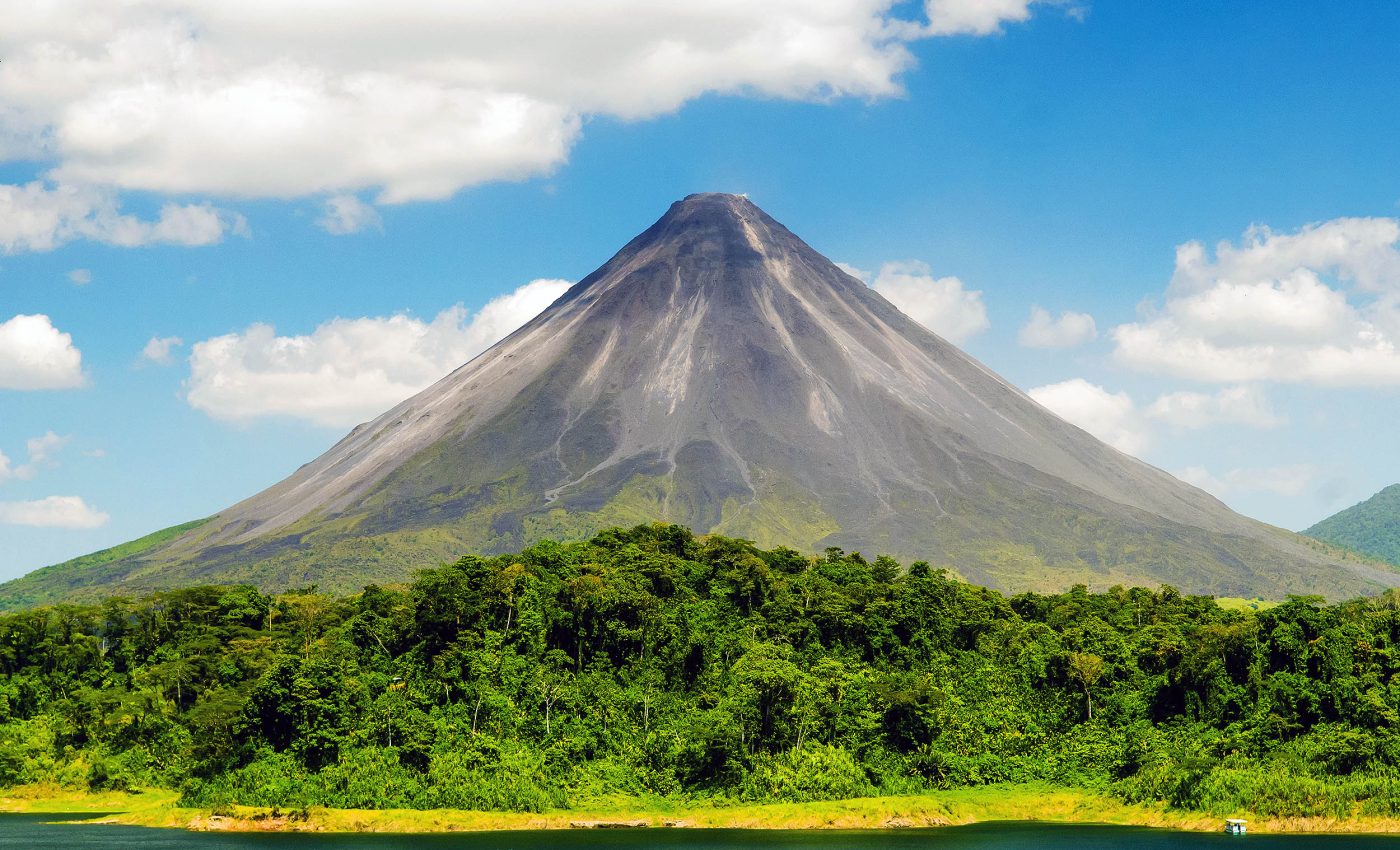
Can an extinct volcano come back to life? Scientists think they found out
Most people assume an extinct volcano lies silent forever. Yet in Bolivia, the long‑quiet Uturuncu volcano keeps rumbling, forcing scientists to rethink what “dead” really means.
A new study mapped more than 1,700 tiny earthquakes to reveal why the mountain twitches instead of blows.
Professor Mike Kendall of the University of Oxford, who helped lead the project, calls the work a blueprint for decoding other restless peaks.
Where the heat hides
Beneath the Andes sits the Altiplano‑Puna Volcanic Complex, an underground magma lake roughly the size of Lake Superior, making it the largest known melt body in Earth’s upper crust.
That buried ocean feeds several peaks, including Uturuncu, keeping the so‑called zombie breathing.
Satellite surveys later showed the ground over this complex rising about 0.4 inches a year while ridges around it sag, forming the famous “sombrero” pattern.
The deformation hinted at magma or fluids on the move, but the detailed plumbing stayed invisible.
Extinct volcano rumblings
The project relied on seismic tomography, a scan that tracks earthquake waves as they cross different rock types. Slow zones revealed melted or fluid‑soaked rock, whereas fast lanes flagged cooler, solid crust.
“Our results show how linked geophysical and geological methods can be used to better understand volcanoes,” stated Kendall.
Analysts stitched those velocity patches into a three‑dimensional cutaway stretching nearly nine miles deep.
The image traced narrow conduits climbing toward the summit, then widening into a lens of bubbly brine and semi‑molten rock about three miles below sea level.
That lens forms the top of a hydrothermal system, a pressurized mix of hot water, gas, and crystal mush.
Liquid, gas and false alarms
Pressure swings inside the shallow lens explain why the central cone inflates while surrounding valleys sink.
Computer models show that slight upticks in carbon dioxide or water vapor push the crust upward before venting and letting the land relax.
“Understanding the anatomy of the Uturuncu volcanic system was only possible thanks to the expertise within the research team,” added Professor Haijiang Zhang of the University of Science and Technology of China.
His comment underscores how petrophysics, chemistry, and fieldwork mesh to translate motion into meaning.
The group found no large pool of eruptible magma near the crater, cutting the odds of a sudden blast. Independent coverage affirms that Uturuncu remains restless yet harmless for now.
How the zombie myth began
Geologists label a volcano extinct when no eruptions have occurred for at least 10,000 years, so Uturuncu’s 250,000‑year hiatus easily qualifies.
Local Aymara communities, however, have long reported wisps of sulfurous steam that seemed to challenge the textbook definition.
Seismic antennas first recorded runaway swarms in the late 1990s, and satellite radar soon confirmed a dome of uplift nearly 40 miles wide.
Those two discoveries birthed the nickname “zombie,” suggesting a mountain that refuses to stay buried.
Global roundup of extinct volcanoes
Uturuncu is hardly unique. The United States Geological Survey counts about 1,350 potentially active volcanoes on land, though only 500 have erupted in recorded history.
“[The new toolkit could be deployed on] the more than 1,400 potentially active volcanoes and to the dozens of volcanoes like Uturuncu that aren’t considered active but that show signs of life,” noted co‑author Matthew Pritchard.
Dozens, like Bolivia’s zombie, puff gas or shake but have not erupted since before human memory.
When a mountain labeled extinct suddenly quakes, officials face a communication dilemma. People hear “extinct” and assume zero risk, yet geoscientists know Earth ignores such labels.
The White Island tragedy in 2019 showed how even well‑monitored peaks can surprise tourists with steam‑driven blasts.
Though Uturuncu rises in a sparsely settled zone, mining projects and regional flights still depend on realistic alerts.
Climate links on the horizon
While Uturuncu lacks an ice cap, other dormant peaks may not stay quiet as the planet warms.
A report to the 2025 Goldschmidt Conference warned that retreating glaciers can lift pressure off magma chambers and spark new eruptions in formerly sleepy regions.
Changes in rainfall could play a similar role in the high Andes by flushing extra groundwater into the crust, altering pressure in the hydrothermal lens and nudging the volcano’s elastic shell.
Tomographic scans cost far less than drilling and can be repeated every few years, giving planners a real‑time gauge of subsurface shifts.
Coupled with satellite radar and gas sniffers, they let authorities move from folk wisdom to data when deciding evacuation thresholds.
Bolivian agencies have already installed new broadband seismometers around Uturuncu, and regional airports are integrating daily deformation bulletins into flight routing software.
Tracking extinct volcanoes
Researchers aim to extend their sensor net across the southern Altiplano to watch fluid pathways shift with rainfall and seasons. Time‑lapse tomography could track magma recharge years before it punches into the gas cap.
Meanwhile the “sombrero” bulge will keep lifting and settling, a geological chest rise mistaken by outsiders for resurrection.
For Kendall the marvel is not whether the mountain will reawaken but how finely researchers can now eavesdrop on its breathing.
Zombies make catchy folklore, yet Uturuncu shows that geology seldom follows the script. A volcano can seem to wake without ever intending to erupt because the fluids that once built it never stop moving.
The study is published in Proceedings of the National Academy of Sciences.
—–
Like what you read? Subscribe to our newsletter for engaging articles, exclusive content, and the latest updates.
Check us out on EarthSnap, a free app brought to you by Eric Ralls and Earth.com.
—–













